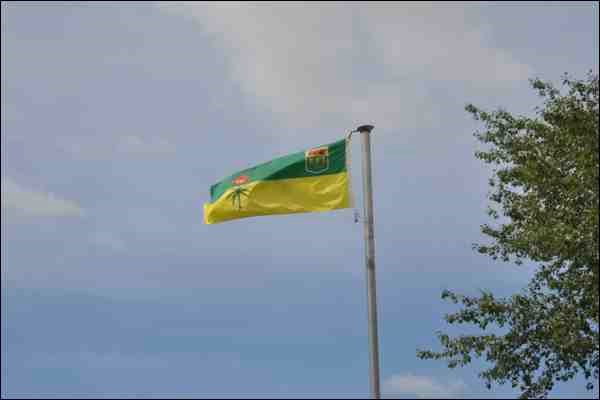Submitted
Indigenous, environmental, and agricultural organizations throughout Saskatchewan have come together to call on the provincial government to halt the sale of treaty land to private owners. Since 2007, the Province has auctioned off over 2 million acres of Crown land – totalling an area larger than Prince Albert National Park – with sweeping implications for treaty relations, wildlife habitat, and the ability of people throughout Saskatchewan to access land for both livelihood and recreational activities.
The statement (attached) is signed by over 20 organizations in Saskatchewan, including Idle No More, the Office of the Treaty Commissioner, Nature Saskatchewan, the Saskatchewan Environmental Society, the National Farmers Union, and the Saskatchewan Federation of Labour, together representing over 100,000 members.
The lands that have been privatized include formerly protected grassland, wetlands, and aspen parkland that are the territories of the Cree, Saulteaux, Nakota, Dakota, Lakota, and Métis Peoples.
“People forget that these are treaty lands that belong to Indigenous title holders,” says Sylvia McAdam, a law professor and founding member of Idle No More. “They should not be viewed as ceded lands.”
With less than 14 per cent of grasslands remaining in Saskatchewan, Crown lands provide critically important wildlife habitat in an increasingly fragmented prairie ecosystem.
“The relatively large blocks of native prairie existing on Crown lands provide a refuge and source population for many at-risk plants and animals,” says Jordan Ignatiuk, Executive Director of Nature Saskatchewan. “Their protection is crucial to avoiding the extinction of iconic prairie species.”
“We all share a responsibility to preserve the precious little native prairie that’s left and ensure that it remains accessible,” says Trevor Herriot of Public Pastures – Public Interest. “This is land we were entrusted to share and protect together under treaty, and it’s the closest thing we have to land held in common for the benefit of all treaty people. It belongs to future generations, and is crucial to honouring the treaty relationship.”




